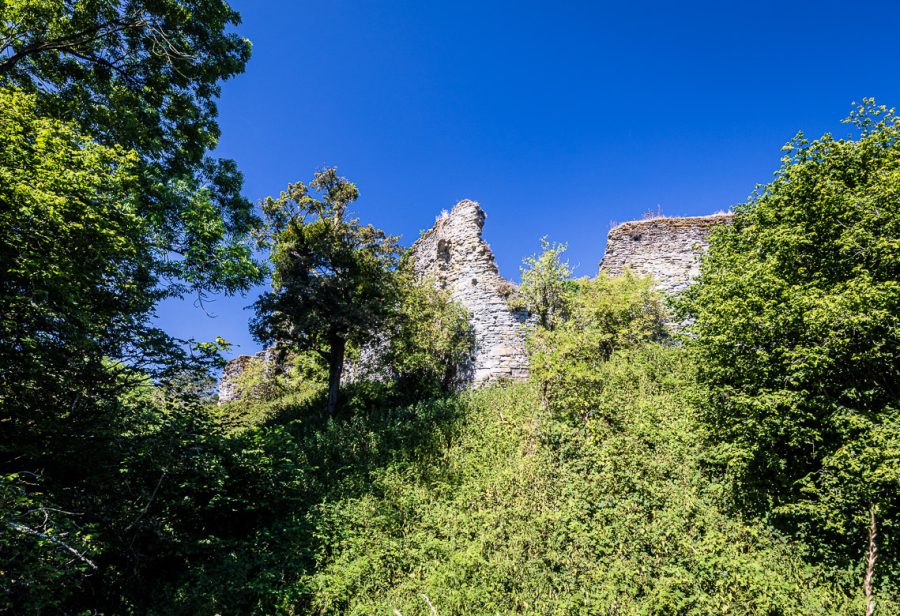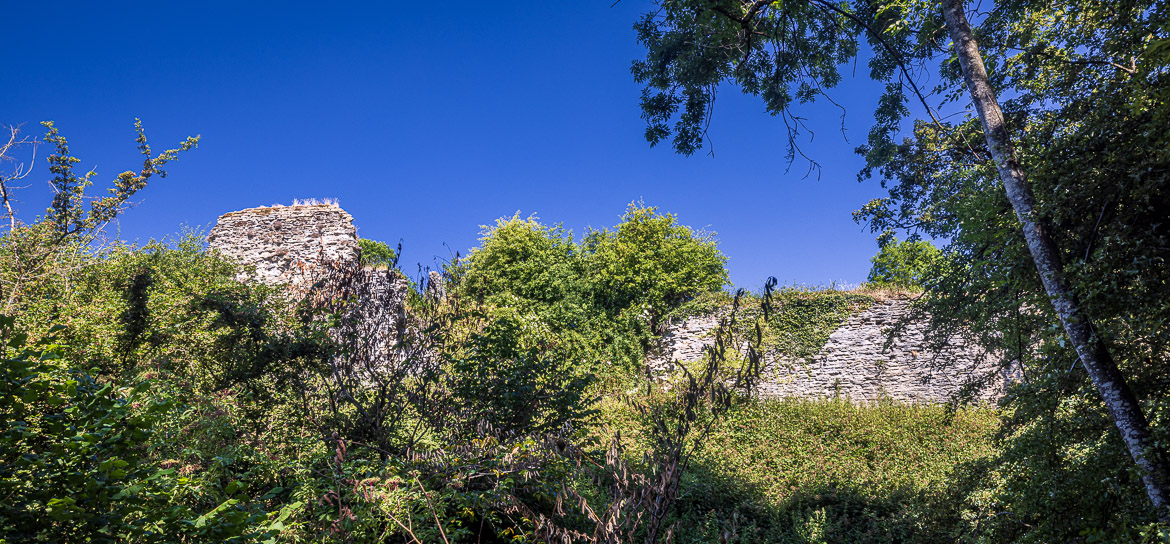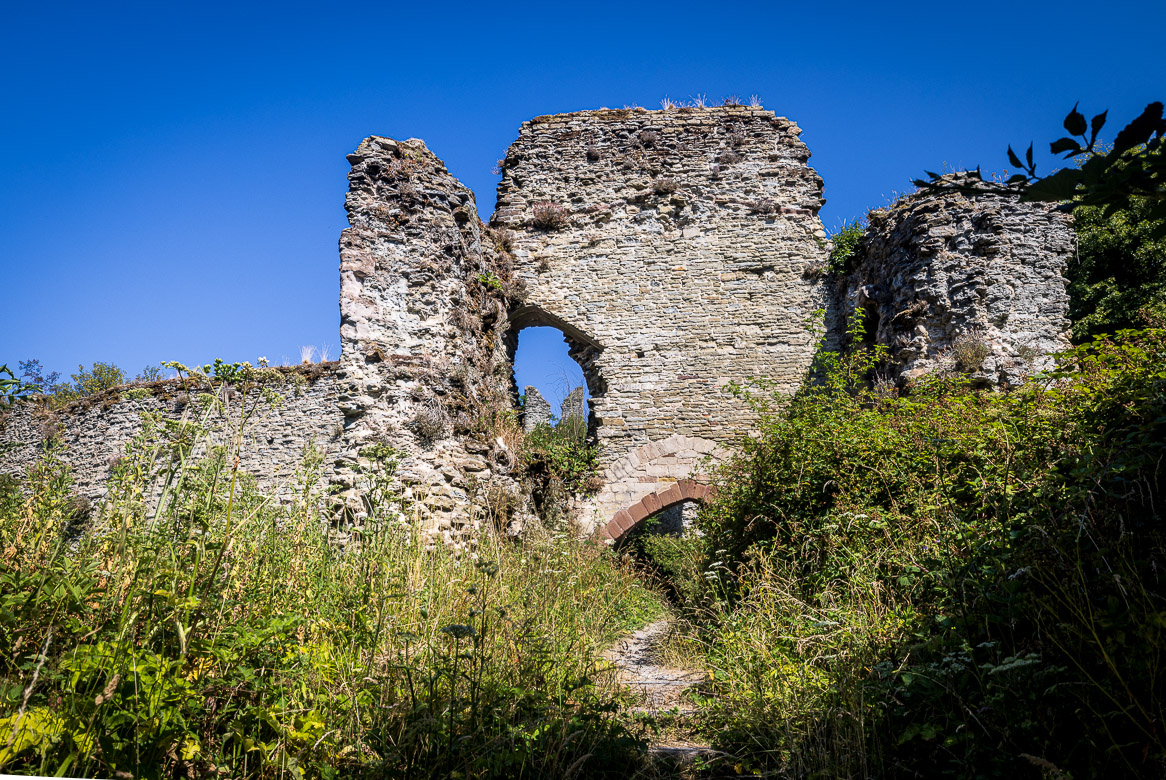
Wigmore Castle – A Glorious Ruin
A few days ago I posted photos from Goodrich Castle, which still retain most of its character although it is a ruin. It is very easy to see and understand the structure of the castle, how people lived in it and its purpose. Wigmore Castle is entirely different. When English Heritage got the site in 1990s it was an overgrown ruin with some unusual wildflowers and animal species that enjoyed the company of the ruins. English Heritage took the decision to keep the character of this merger between a ruin and the wilderness that had been creeping in on the site during hundreds of years.
I have in my photography tried to present the same feeling of a ruin that is one with the nature surrounding it. You will not, like in Goodrich Castle, be able to see the structure and and layout of the castle, nor will you be able to see how people lived in medieval times. Instead, be romantic and engross yourself in the beauty, when nature and culture meet. Imagine the butterflies surrounding me, while I walked around the ruins (but forget the nettles that I tried to avoid in my shorts!).
Wigmore Castle is situated on a narrow ridge, easy to defend at a time when that was of paramount importance for the location of any castle and especially in the Welsh Marches. I walked from the village of Wigmore along the ridge towards the castle ruin. The first I met was the Parish Church and the view to the north from the churchyard. Then I followed a lane with some beautiful cottages and later a small path leading me towards the remains of the castle.
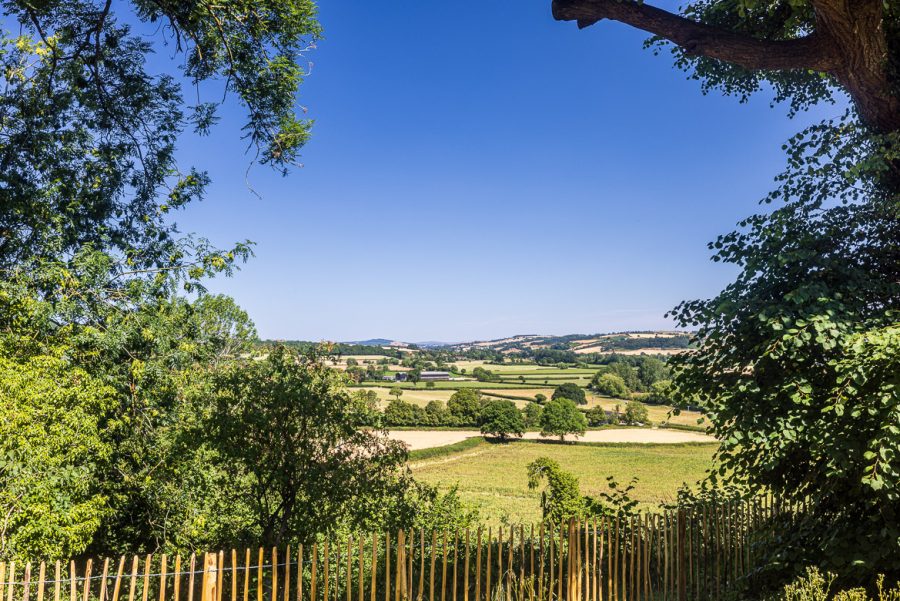
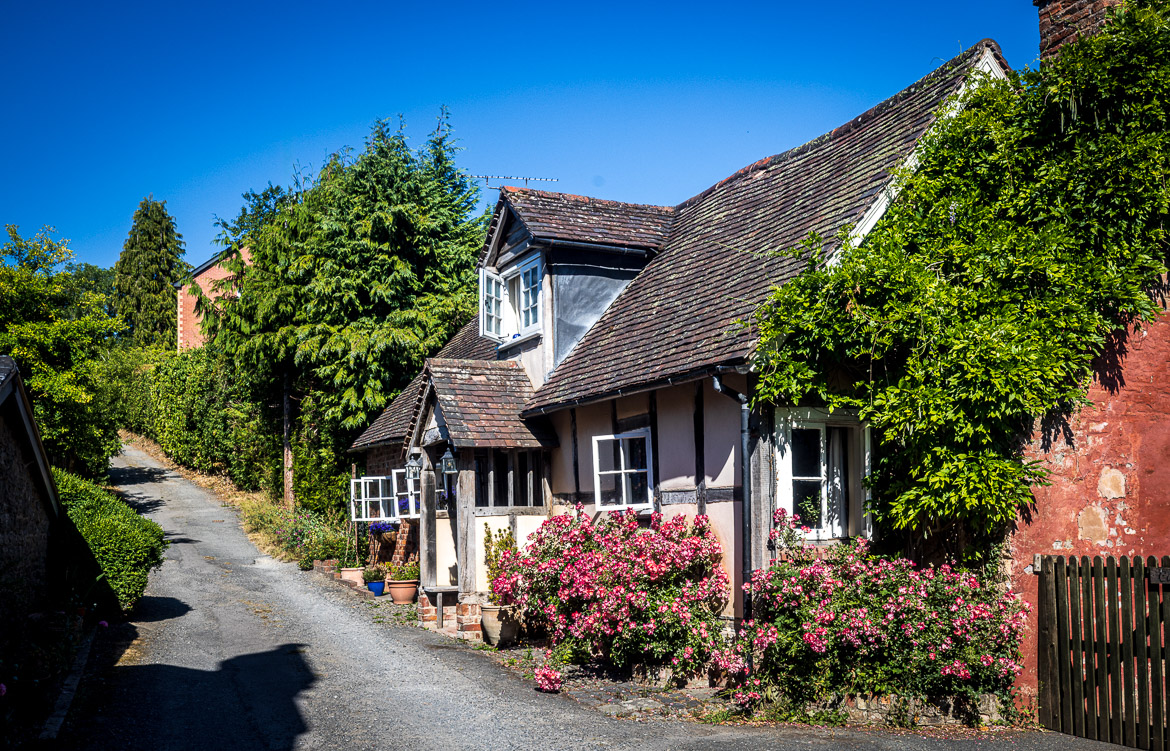
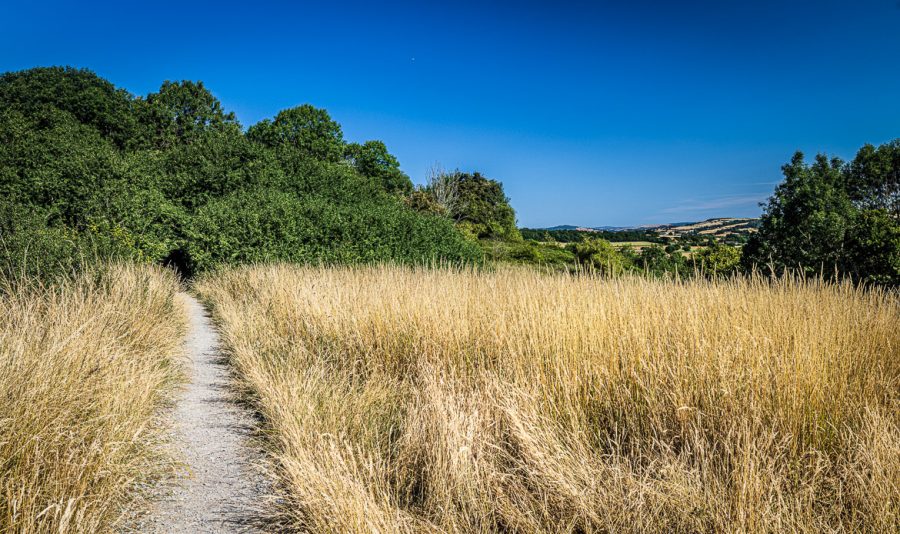
An Illustrious History
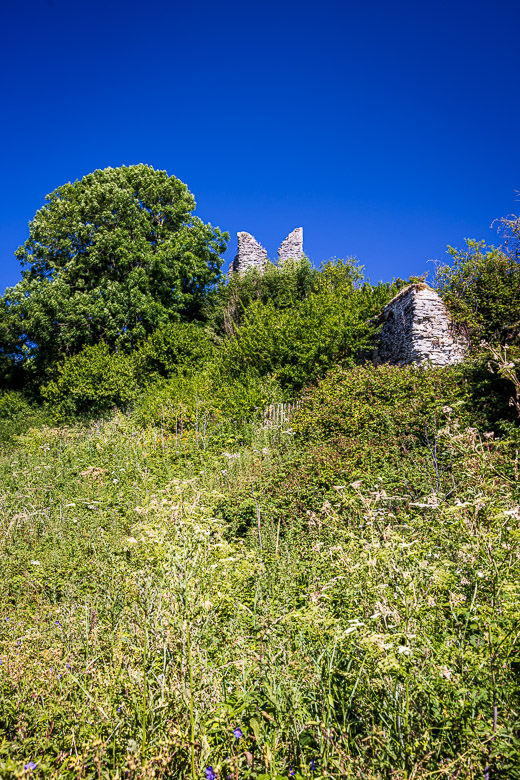
The castle was founded in 1067 by William fitz Osbern, Earl of Hereford and a close associate of William the Conqueror. It was sited close to the border between England and Wales, one of a series of castles designed by the Normans to defend England against attack by the Welsh. The original Norman castle at Wigmore had reinforced timber walls on top of large earthworks.
After fitz Osbern’s death in 1071 the castle passed to the Mortimer family, who held it until the early 15th century. They rebuilt the castle in stone in the 12th and early 13th centuries. The inner part of the gatehouse and the D-shaped east tower are the main survivals from this period.
Wigmore became the chief fortress from which the Mortimers controlled large parts of central Wales. It served as their base for numerous military incursions into Wales and was besieged in 1155 and perhaps also in 1264.
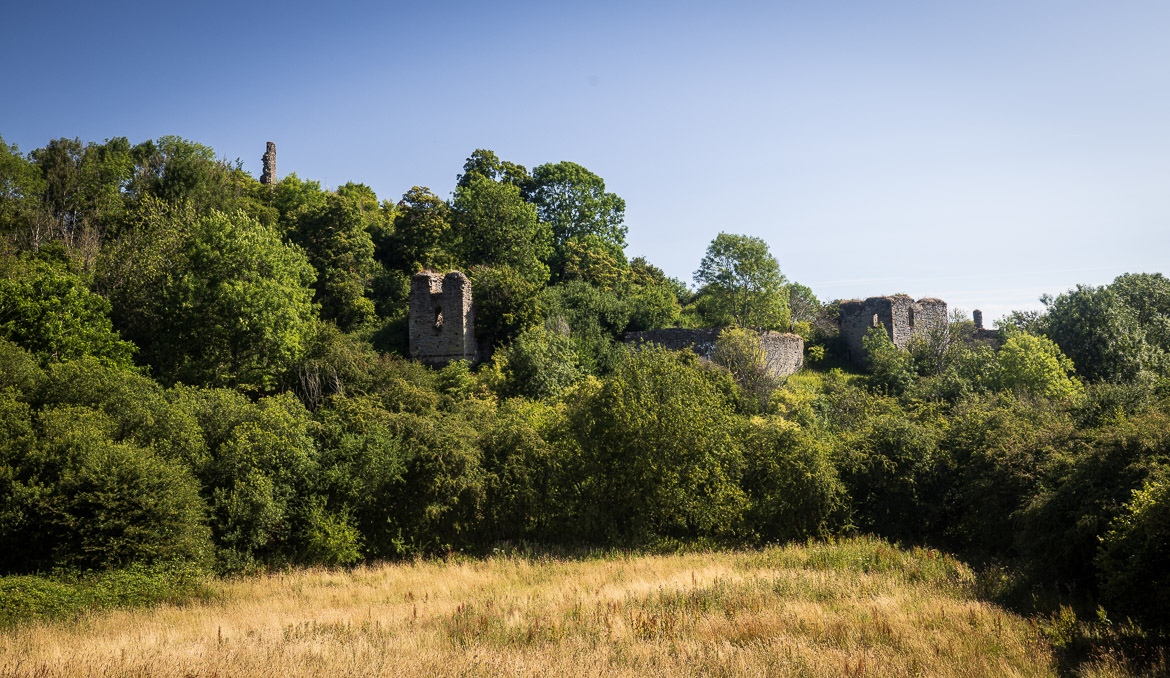
Lords of the Welsh Marches like the Mortimers had many special privileges, including the right to make war, to hold courts, and to receive certain revenues otherwise reserved for the king of England.
In the early 14th century Roger Mortimer, 1st Earl of March (1287–1330), added more towers to create high-status lodgings with fireplaces and window seats. He also added a large porch to the gatehouse. Further works were carried out in the 15th century.
Roger Mortimer is perhaps the family’s best-known figure. He became virtual ruler of England after he and his lover, Isabella, Edward II’s estranged queen, had engineered the king’s deposition and murder in 1327.
In 1329 Mortimer held a lavish tournament at Wigmore, attended by the young King Edward III and his mother. His influence was shortlived, however: in 1330 Edward III asserted his authority, arrested Mortimer and had him executed for treason.
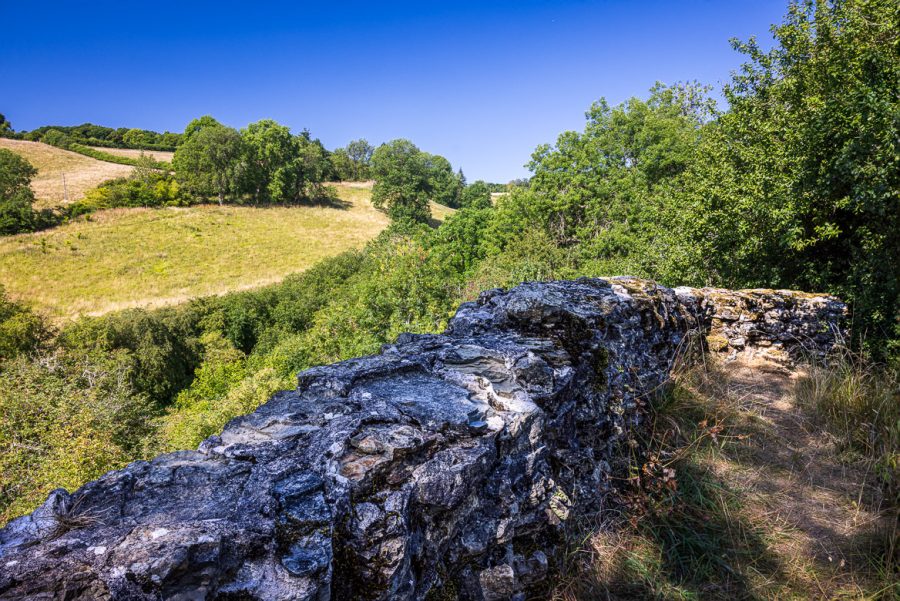
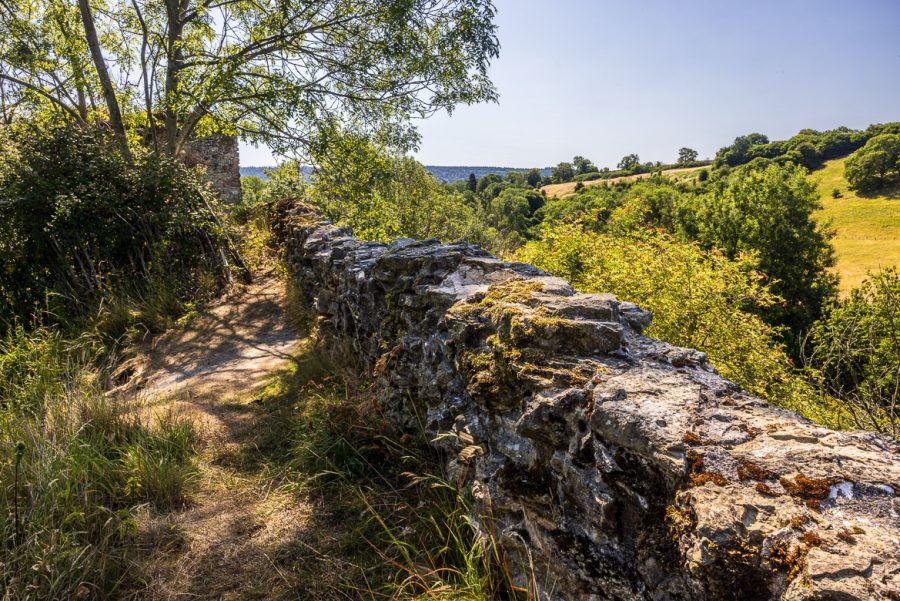
After Mortimer’s execution the castle was returned to the Mortimers in the later 14th century, although it never regained its earlier importance. Ludlow seems to have become their main residence for the Mortimers. See my earlier post for more images of Ludlow castle and town.
During the Civil War the Parliamentarian Harley family were unable to defend both Wigmore and their main home at Brampton Bryan, so they appear to have demolished parts of Wigmore to prevent its use as a base by the Royalists.
Brilliana Harley, the wife of Sir Robert Harley (1579–1656), whose father bought Wigmore from the Crown in 1601, successfully withstood a Royalist siege at Brampton Bryan in the spring of 1643 but the house was eventually destroyed following a second siege in 1644. See my earlier description from Brampton Bryan.
After the Civil War several centuries of neglect ensued at Wigmore, leaving the medieval castle remarkably undisturbed.
